What types of Surf are there, which one is yours?
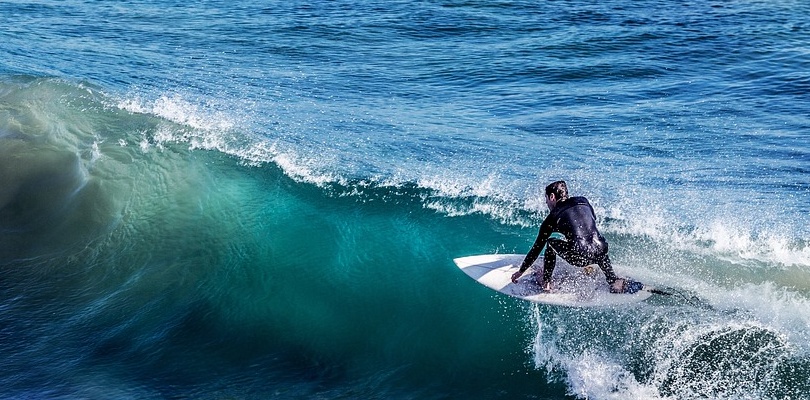
We are all interested in surfing. However, do you know what are the types of surfing that exist? Let’s see all the details.
By the way, you can stop by our surf school in Lanzarote and we will teach you how to surf, as we have been doing for more than 20 years. So if you are interested, don’t hesitate to write us, now… Let’s get down to business. 🤙
The different types of surfing
It is worth noting that after years of prohibition by the European colonizers, surfing was reborn in Hawaii during the 20th century, as we have already seen. This revitalization of the sport brought with it a great diversity of styles and maneuvers, which were created by the fans of each modality, being Duke Kahanamoku the pioneer in reviving this practice, expanding it to some important regions, as is the case of Australia, Europe and the United States.
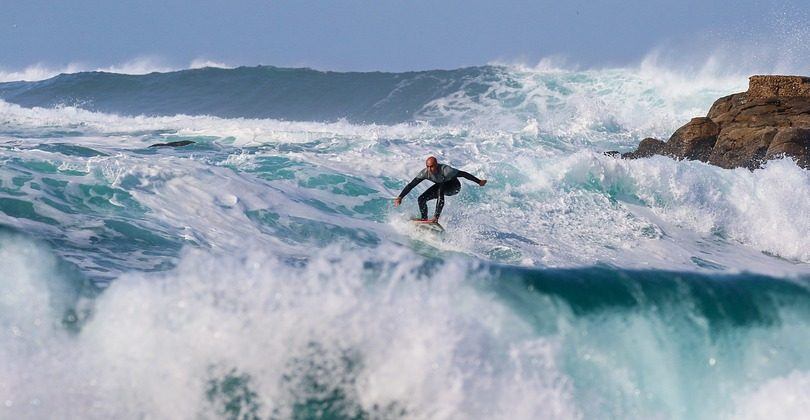
Currently, it is a global industry that opens a range of entertainment and products that are aimed at the performance of this sport. Therefore, it is convenient to say which are the classifications and modalities so that you can practice it.
Surf base
This is the legendary base surfing from which the other classifications were derived. Basically, it consists of paddling, standing up and maneuvering, while the board glides in harmony with the waves until it dies out. In terms of classification, there are three categories in relation to the board:
Shortboard Board
In this case, we have the sportsmen who decide to put in place different pirouettes on the boards of 1.5 to 2m in length. Their size allows them to have more maneuverability in and out of the waves, although you should not expect a very high speed.
Funboard
These surfboards are recommended for beginners, because they have the perfect measurements for beginners, being from 1.8 to 2.4m long. It is the intermediate of Shortboard Board and Longboard, so, thanks to it, you will be able to learn to chase the waves, maneuver on them, get a good speed and maintain stability.
Longboard
We are talking about boards that have a length of 2.4 to 3.6 m, being thicker and more stable in the water. Thanks to them, you will be able to perform different maneuvers, besides being able to change positions and walk on them, while sliding over the waves at high speed.
Windsurf
Here a rig or sail is combined with a board very similar to a surfboard. The sail will be articulated at the foot of the mast, due to which the rotation and direction implies an important malleability. It is ideal for you to perform pirouettes, although it is not advisable for beginners, as you will need an important skill in terms of knowing the wind changes and the handling of the environment.
Kite surfing
This is a unique type of surfing that takes advantage of the forces of the wind by means of a traction kite, which is attached to the body of the individual by means of a harness that will be useful to move it on the board on the water, even without waves. All this allows different types of jumps, turns, as well as other pirouettes in the air.
Paddle surf or stand up paddle
It is a specific discipline that became known by the Hawaiians as Ho e’he Nalu, being one of the new surfing styles. The particular feature is to stand on a special board, moving on it with the support of a paddle, which has the ability to propel and maneuver through a water surface, as is the case of beaches or lakes, for example.
Bodysurf
Here we have a really fun type of surfing, because you don’t need a lot of skill to do it, although you will have a constant activity in the water, so your physical condition must be excellent. It is about sliding your body directly on the sea, without the support of the board, but with a handboard and fins.
Kayak surf
This is one of the most recent varieties of surfing. It emerged with the idea of being able to move the kayak to the sea and take advantage of the force of the waves, together with the paddle, so that you can go at high speeds and perform all kinds of maneuvers as with a board.
Skimboarding
Did you know that skateboarding also appears in the sea? It is a mixture of both sports, using a small board to jump, maneuver and play on the waves, just where they break. It consists of being able to wait on the shore for the right moment, so that you can then jump without fear.
Bodyboard
Here we have the type of surfing that uses a small synthetic foam board without fins, which will be useful for you to move on the walls of the waves. It is similar to bodysurfing in that it uses fin boosters, as well as specific movements and body position, although within this classification you will also have other modalities:
Prone
This is a modern surfing style in which speed prevails as a result of the hydrofoils that were adapted to the board. It consists of floating over the waves while lying down, so that the energy of the water flows between the wings with greater force, with a surprising responsiveness.
Dropknee
This is a mode for those who love to surf on their knees on the bodyboard. You can ride up to the waves lying on the board and, at the moment you take hold of them, you will be able to move your knees until you leave them under your body, bending your leg forward with your foot.
Stand – up
Here, agility prevails so that you can perform this modality due to the similarity between the two. In the stand-up version, you only need to place both feet on the bodyboard, all while riding the waves at maximum speed.
Tow-in Surfing
Are you interested in extreme surfing? In this version, the surfer needs the support of jet skis as a means of access to huge waves, so you can catch them quickly at the right time. It was invented by athletes who needed the adrenaline to break waves over 30 feet high.
What is surfing?
If we had to describe it in a few words, we would have to say that surfing consists of sliding on a board standing on the waves. However, it is not so basic, because from there opens up a wide range of possibilities on the board, which give rise to creative genius of the athletes. Take a look at our surf lessons Lanzarote and learn how to surf, we also offer accommodation on the beach of Famara.
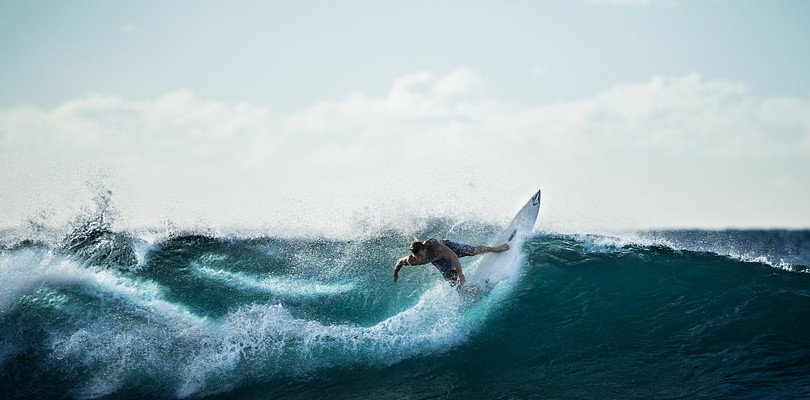
The first thing you will have to do is stand up and hold straight to the shore. When you have mastered the technique, you will be able to ride the waves making walls, both frontside (facing the wave) and backside (with your back to the wave). You will also be able to give speed to the board, which will help you to perform other surfing maneuvers.
Although we will delve deeper later, a priori we will be able to distinguish mainly two modalities. The first is the longboard, which is the most classic and in which very long boards are used (minimum 9 feet), as well as wider and thicker, which implies the practice of the sport much more smoothly. The other version is shortboard surfing, which is practiced with smaller, narrower and thinner boards, ideal for much more ostentatious maneuvers.
As for its history, we are talking about a very old sport whose origin is not known with certainty, that is to say, historians do not agree on how it came about. Some people claim that around 500 years ago it was already practiced in the Polynesian Islands, although there are not many historical archives to support it.
What is known is that the first contact of European man with surfing occurred during the eighteenth century, when James Cook arrived in the Hawaiian Islands and banned its practice among the natives. The intention was to force them to acquire European customs and not typical of the place.
With the mass arrival of North American tourists, surfing was revitalized again and began to become popular in California, Australia and many other areas of the planet. This allowed us to consider surfing today as a water sport that consists of an individual, known as a surfer, riding a board on the front or deep side of a wave, which usually takes him or her to the shore.
Another important point is that surfing is a sport with a learning process is organized in phases. You will not learn everything “at once”, but the first objective will be to sit on the board, so that gradually you will be able to stand up and hold your balance for a period of time.
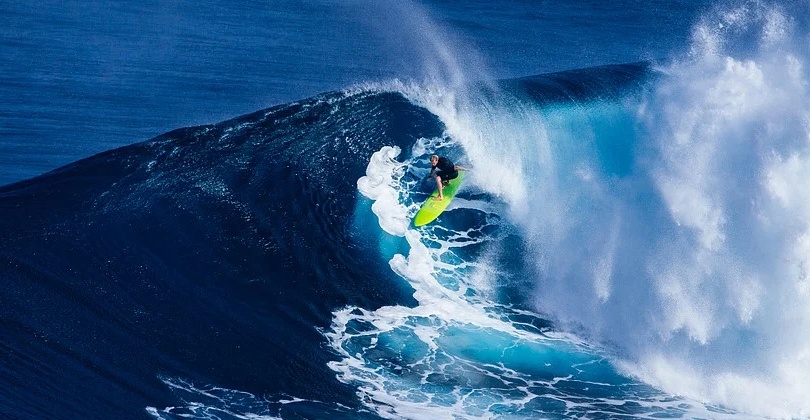
When you practice and improve, you will start to try other techniques, such as wall surfing (skirting the wave). Once you have learned this stage, the next one is to learn how to print speed to the board, which will be useful to implement the rest of the maneuvers that can be done surfing, among which you can find the reentry, floater, roundhouse, cut-back, snap, aerials, tubes, and so on.
Fans of surfing consider it a sport that has the ability to merge the movements of our body with the environment, achieving a sense of control and freedom at the same time. At the same time, it is a discipline without a certain age limit, although it is always necessary to take into account the physical conditions and limitations of each individual, since physical condition is important to avoid injuries.
As for children, they can start with this practice from an early age, always with supervision and professional advice, avoiding any type of injury. In later ages, it is advisable that before you have to go to a professional to know the possible risks and limitations. There is also surfing adapted for the disabled.
At the same time, all this means that surfing is considered an excellent generator of sensations and emotions, among which stand out that of freedom and competition with ourselves, aspiring to self-improvement. In addition, we will be in a natural environment that helps relaxation and stress reduction, motivating us to constantly improve and achieving self-confidence.
Surfing needs
If what you want is to practice surfing, you can check the necessary elements for its practice:
- Surfboard. It is the most important and main aspect of the surfer. Its choice depends on the level of the surfer. Generally, beginners will start using long, wide and thick boards because they have greater buoyancy and stability. On the other hand, more experienced surfers use small, narrow and thin boards, because they have the ability to perform all kinds of maneuvers. The choice should be made according to the size of the waves, since the bigger the waves, the longer the board should be.
- Neoprene wetsuit. This is the element to cover you. There is a great variety of wetsuits that will prevent you from getting cold in the sea. Your choice is mainly based on the temperature of the water. The value will be different depending on the quality and thickness.
- The invention. We are talking about a kind of rope, which is made of elastic plastic, which keeps the board attached to the foot through a Velcro tie. It must be in good condition, since it is very important that a wave does not break it.
- Keels. These are the rudders of the board, which allow the board to turn and remain stable.
- Kerosene wax. Here we have a type of wax that can be placed on the top of the board, which is ideal so that you do not slip at any time.
- Grip. This is a rubber-like material that sticks to the board to prevent you from slipping. It can replace kerosene or be combined with it, as is the case with kerosene for the front foot and grip for the back foot.
Practicing this sport involves a cost that usually varies between medium and high, depending on the price of the materials you use at first. At the same time, surfing has a wide variety of benefits and risks.
The first thing to know is that surfing combines aerobic work with toning. This implies that you have the ability to improve cardiorespiratory function and burn calories at the same time, all while working arm and back muscles, strengthening your figure.
Another important point is that you will also be working the legs, buttocks and our mid-body area, where most of the postural muscles are located. All of these are used to stand up on the board while riding waves in the sea.
At the same time, you can gain endurance, muscle tone and improve coordination and balance. All this, of course, without counting the feeling of freedom that helps us to get away from stress and disconnect from the present we are living, as nature, skill and harmony make it very relaxing.

Risks are caused by different factors. The first of these is the environment itself. Waves can be dangerous, so while you will learn to anticipate them, the reality is that sometimes the terrain is unpredictable. At the same time, you will have to pay attention to your posture to avoid injuries.
The most frequent “hits” may be:
- Blows and cuts. These are injuries that can occur without us realizing it, since we are living the frenetic waves.
- Skin burns. We should always use sun protection, even on less sunny or cloudy days.
- Heat stroke or heat stroke. If we are constantly exposed, we may get one. For this reason, it is necessary to take short breaks in the shade.
Therefore, we have already known the different variants of surfing, a really complex sport with multiple variants that has a long history and trajectory. You should always remember that, although it is very pleasant, relaxing and adrenaline-pumping, you also need to learn to have “respect” for the water, which can often be your friend, but many times an unpredictable factor that could endanger your stability.
Related articles

The history of surfing, how and where was it born?
BOOK NOW The history of surfing, how and where was it born? Knowing the history of surfing implies understanding why
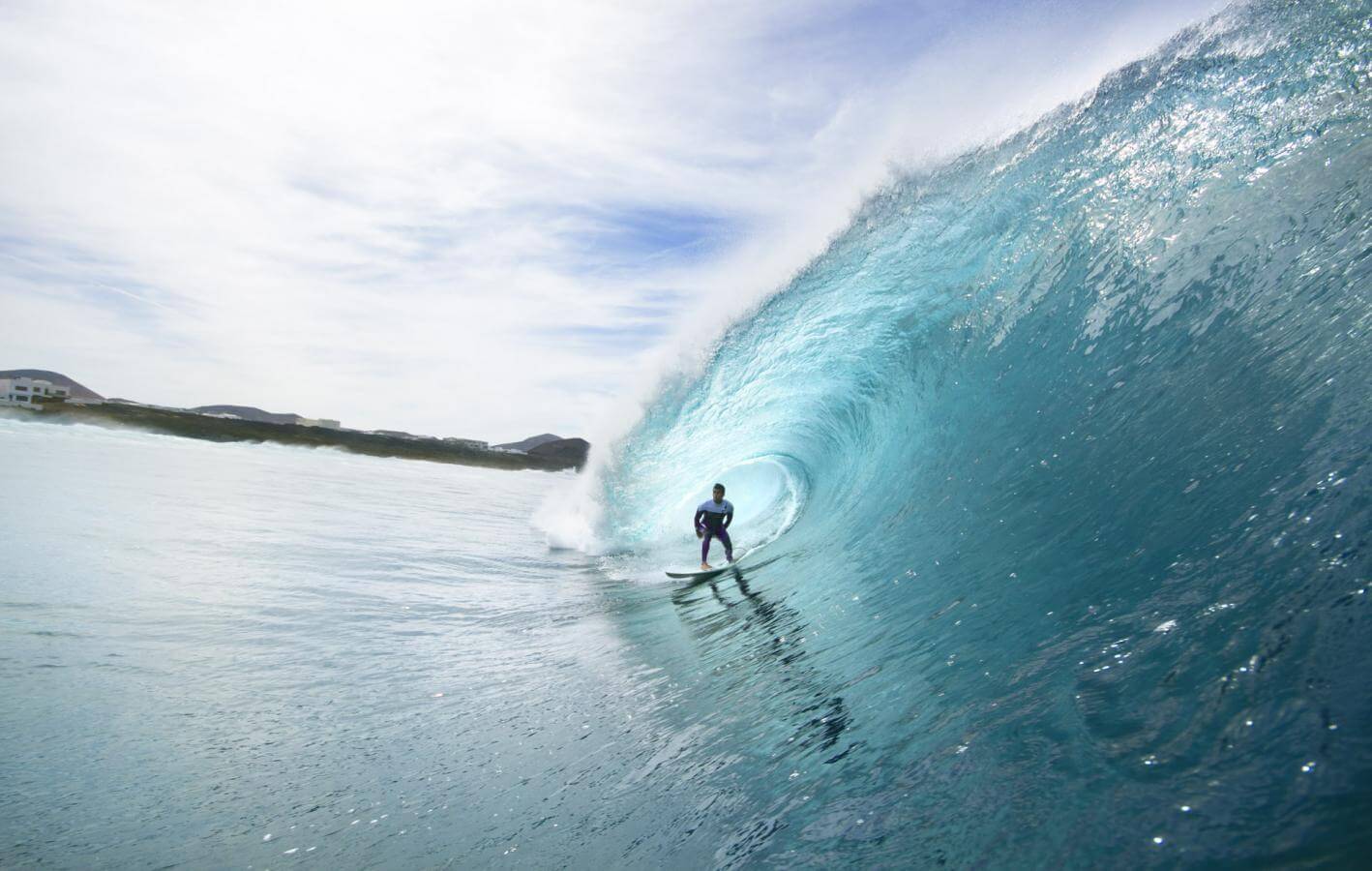
The Best Surf Guide: Lanzarote
Whether you are taking your first steps in surfing or you are an experienced surfer, this complete guide to surfing in Lanzarote will provide you with all the information you need so that you don’t miss a single detail during your visit.

The Best Surf Guide: Barcelona
In Barcelona, surfing is breathed with Mediterranean soul, between the sea breeze, the golden sand and those sunsets that paint the sky. Discover in this guide the best spots for surfing in Barcelona, where the sea and the good vibes meet. Ideal for those who are new to surfing in the Mediterranean… and for those who can’t imagine their life without waves and board.








